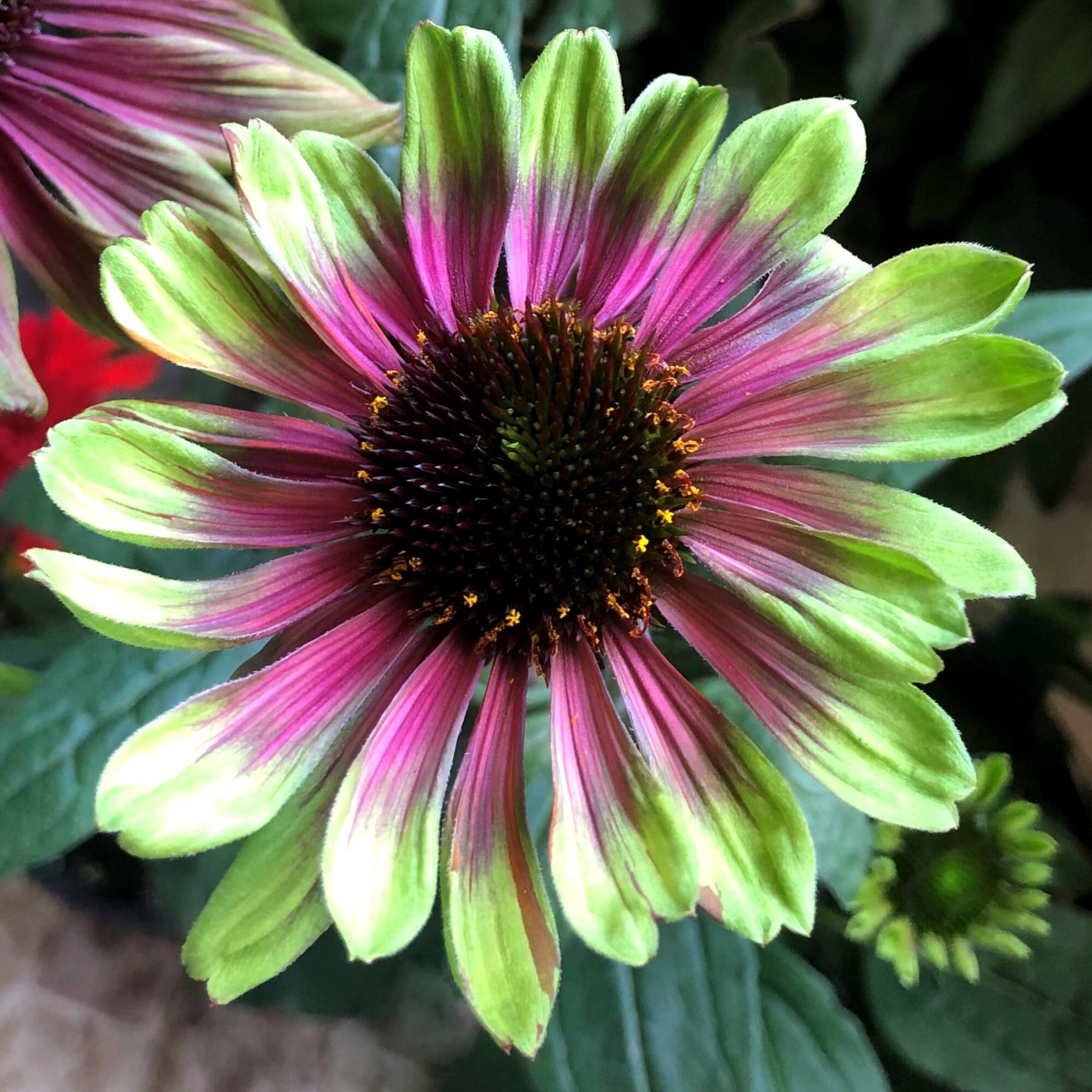
Echinacea Sweet Sandia boasts a lime green and watermelon flower (Terra-Nova Nurseries)
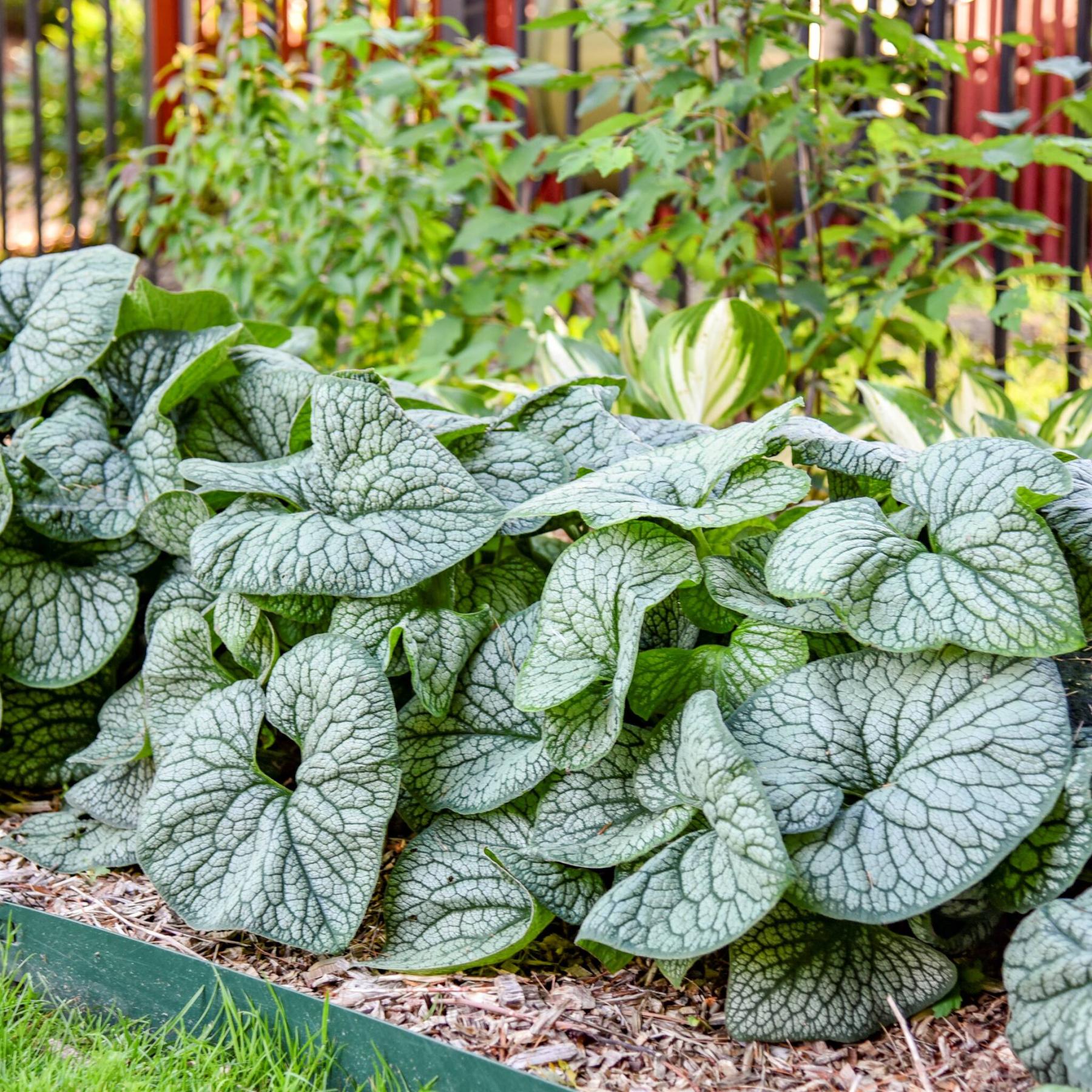
Walters Gardens, Inc.
Best Brunnera of the bunch: Heartleaf Brunnera Jack of Diamonds
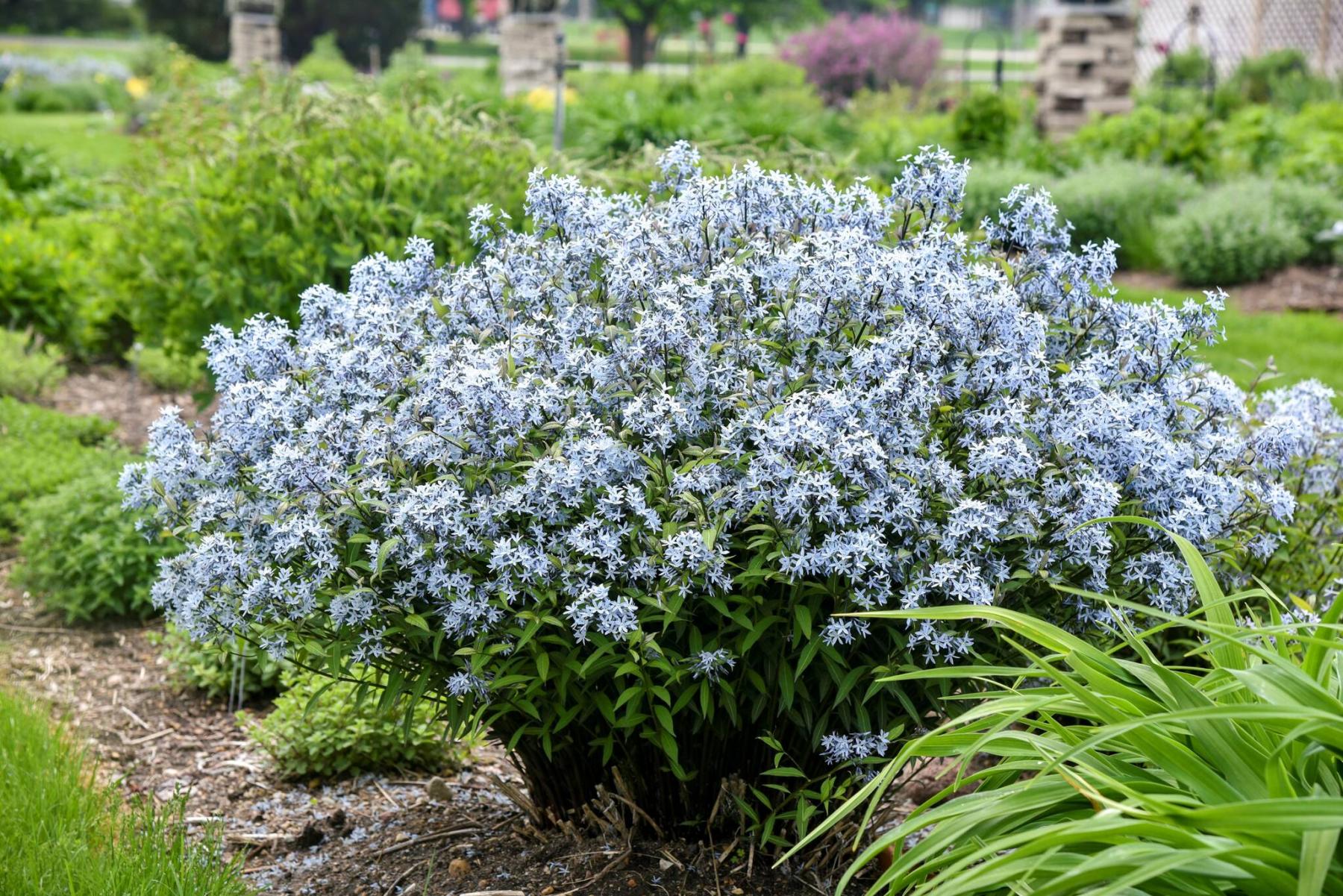
Proven Winners photo
Elegant Amsonia Storm Cloud is Proven Winners landscape perennial of the year.
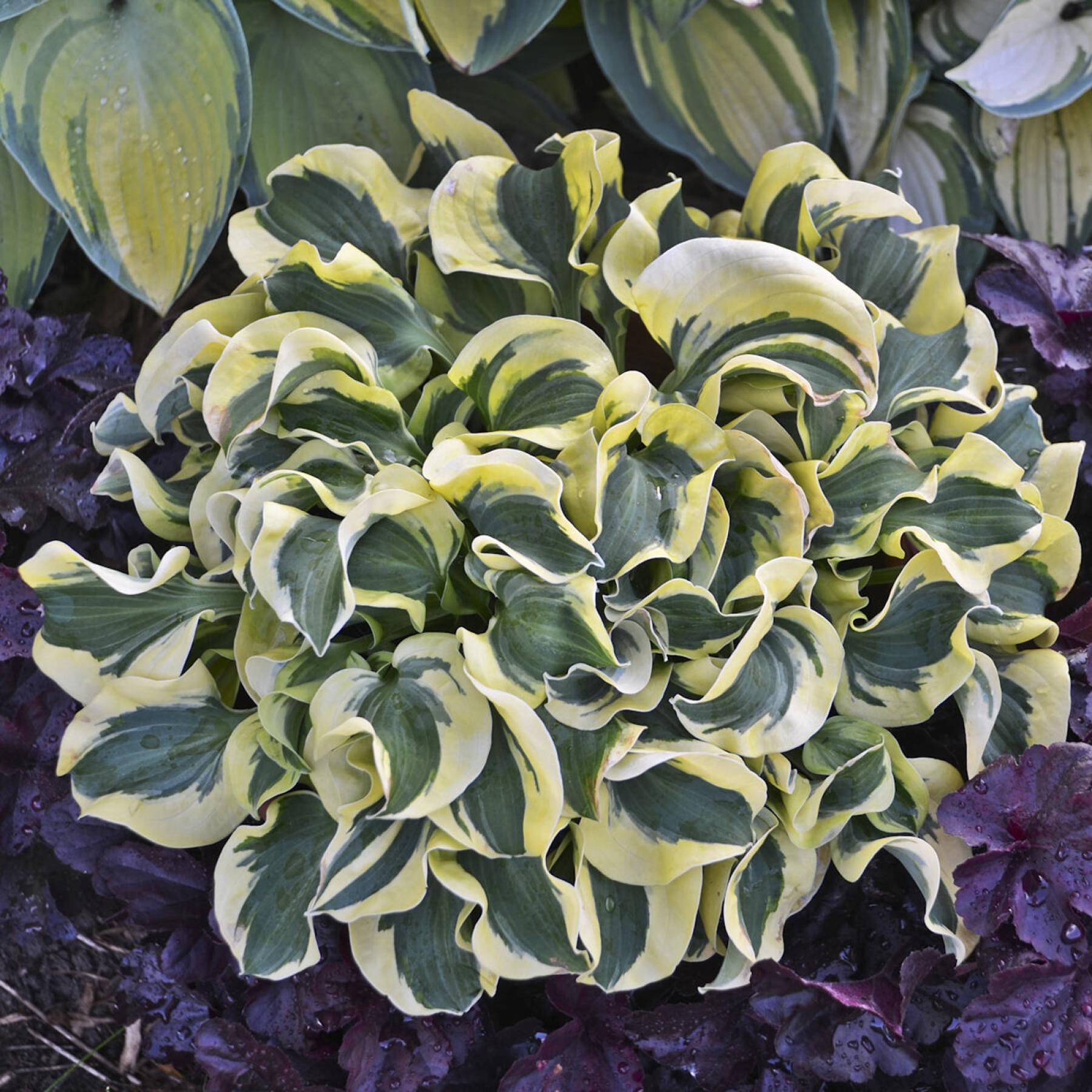
Walters Garden’s Inc.
Wavy-leaved Hosta Mini Skirt has thick, blue-green leaves with creamy yellow margins.
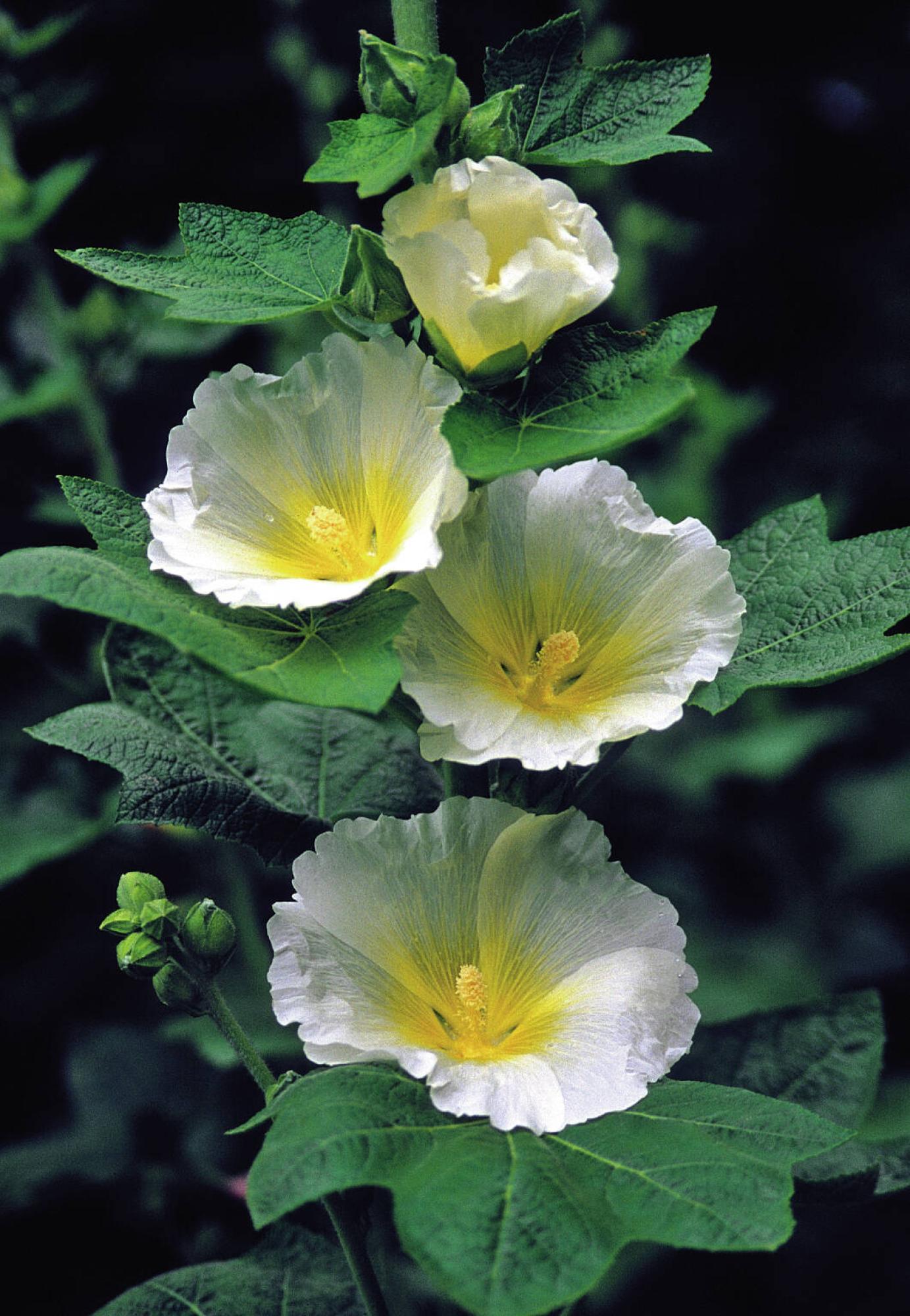
Jelitto Perennial Seeds
With dreamy white flowers and dramatic height, Polarstar Hollyhock makes an enviable focal point.
Gardeners, we are on the cusp of something big. The growing season is what we have all been waiting for. There is no time like the present to take stock of your planting areas so that you can decide where you would like to inject some excitement. If your garden or planters need more colour contrast or you want to create an eye-catching focal point, consider planting these noteworthy perennials.
Amsonia brings elegance to the garden with its vase-like habit and clusters of periwinkle-blue, star-shaped flowers which bloom in late spring. Amsonia, commonly known as Bluestar, is native to North America and is named after Charles Amson, an 18th-century scientific American explorer.
Amsonia tabernaemontana Storm Cloud has been named Proven Winners 2024 Landscape Perennial of the Year. Introduced in 2018, this easy-care perennial has graceful willow-like, olive-green foliage with silver veins and nearly black stems. Amsonia was an entirely new plant to me until I first saw it in 2020. Today, I grow both Amsonia Blue Ice and Amsonia Storm Cloud in my garden. I find that Amsonia takes its time emerging from the ground in spring and then, quite suddenly, the stems shoot up and burst into full leaf. The flower buds are uniquely different. A dark navy blue, from all appearances they look like tassels dangling from the tips of the tapered foliage only to transform into upright billowy clusters of star-shaped flowers in a heavenly blue colour. This is but one of the many attributes of this lovely perennial.
Amsonia Storm Cloud is heat tolerant, deer resistant, and has no notable pest or disease issues. Hardy to Zone 4, Amsonia is suitable for growing in a full sun to part-shade location. Amsonia grows best in average, moist soil and is considered moderately drought tolerant once it has been well-established. Storm Cloud has a mature height of 61-76 cm but a distinctly shrub-like width: 96-106 cm). A statement plant, to be sure.
Do you need another coneflower? Can one have too many? Never. If you want reliable, fail-proof hardiness in our Zone 3b climate and sometimes heavy clay soil, grow Echinacea purpurea Magnus or White Swan coneflower varieties, but if you just want to have fun, there are plenty of novelty coneflowers to tempt gardeners every spring. And you never know, some of the less hardy cultivars might survive the winter if you give them exactly what they need: a full-sun location with lean, well-drained soil. Drought-tolerant perennials such as Echinacea are happier without synthetic fertilizers. Adding a small amount of compost in spring is all they need.
Echinacea Sweet Sandia Coneflower packs a punch with single, broad-petaled flowers edged in lime green and a broad band of deep pink described as watermelon red around the prominent dark-brown cone. Introduced by Terra Nova Nurseries in 2022, Sweet Sandia boasts tons of well-branched flowering stems and a fast growth rate. Hardy to Zone 4, Sweet Sandia has a compact height of 48 cm and a long blooming season, starting in July. She will add interest and appeal to containers or flower beds. Attractive to pollinators, Sweet Sandia will also make a beautiful cut flower.
If you are looking for height at the back of your flower border, consider Alcea rosea Polarstar Hollyhock. This single-flower hollyhock is part of the hugely popular Spotlight Series introduced by Jelitto Perennial Seeds in 2010 after more than 18 years of breeding to develop improved alcea cultivars that are consistent and easy to grow. Polarstar has pure white flowers with lemon-yellow centres. A true perennial, Polarstar flowers in the first year and every year after that, unlike hollyhock varieties that are biennial.
An impressive specimen plant, Polarstar grows to a height of 150 cm. The showy dark green foliage is coarse, lobed, and palmate. Polarstar will thrive in rich, moist, well-drained soil in a sunny location and might benefit from staking in a windy site. Hollyhocks are long-blooming in the summer months and are generally not bothered by deer.
At the opposite end of the spectrum is Dianthus Mad Magenta, a first-year flowering groundcover which produces a long-blooming carpet of magenta-coloured flowers. Like the hollyhock, dianthus is an old-fashioned perennial that is attracting increased attention from plant breeders and gardeners. There are so many new dianthus varieties introduced to the market every year but Mad Magenta from Dummen Orange is receiving great reviews for its superior hardiness and excellent heat and humidity tolerance.
“Top marks go to Dianthus caryophyllus Mad Magenta,” says Owen Vanstone of Vanstone Nurseries in Portage la Prairie. “It has been remarkably resilient in our trials. It is a prolific bloomer and is a notable standout in a very crowded category.”
Dianthus Mad Magenta grows to a height of 25 cm with a spread of 40 cm. With its clove-like scent, it resists deer and rabbits and attracts butterflies and hummingbirds. It also makes a nice cut flower.
Let’s move into the shade now.
I’m a huge fan of Brunnera macrophylla and would not be without it in my shade garden. Brunnera, named for Samuel Brunner (1790-1844), a Swiss botanist, belongs to the borage or forget-me-not family (Boraginaceae). It produces sprays of tiny sky-blue flowers from mid-May to mid-June and is an easy-to-grow, deer-and rabbit-resistant plant with no pest or disease issues to worry about. Until recently, Brunnera Jack Frost might have been the best known of the many different types of brunnera from which to choose. But leading the charge are more substantial, heavily silvered brunnera cultivars with few equals in the shade garden or as statement plants in shade containers.
Brunnera Alexander’s Great forms a dense mound (30-45 cm tall) with large, heart-shaped silver leaves with dark green veins. Give him plenty of space. Alexander’s Great spreads slowly by creeping rhizomes to a width of about 75 cm to form a dense, illuminating groundcover.
Brunnera Jack of Diamonds from Proven Winners does Brunnera Alexander one better. The leaves on this new variety are 22-25 cm wide, and they overlap dramatically at the base. Jack of Diamonds is the most unique Brunnera of them all. In fact, it has already been named as the 2025 Proven Winners National Perennial of the Year. Snap this one up as soon as you find it.
Hosta Mini Skirt is the American Hosta Growers Association’s 2024 Hosta of the Year Selection. Hardy to Zone 3, this adorable hosta has a mature height of 12 cm and spread of 17 cm. The thick, blue-green leaves with creamy yellow margins have wavy edges. In summer, the centre of the leaves transition to green and the yellow margins lighten to creamy white. Tuck Hosta Mini Skirt into the front of a container or near the edge of the garden border.
colleenizacharias@gmail.com
For advice, ideas and tips to keep your outdoor and indoor plants growing, sign up to receive Winnipeg Gardener, a free monthly digital newsletter I write for the Free Press at www.winnipegfreepress.com/newsletter/winnipeg-gardener



